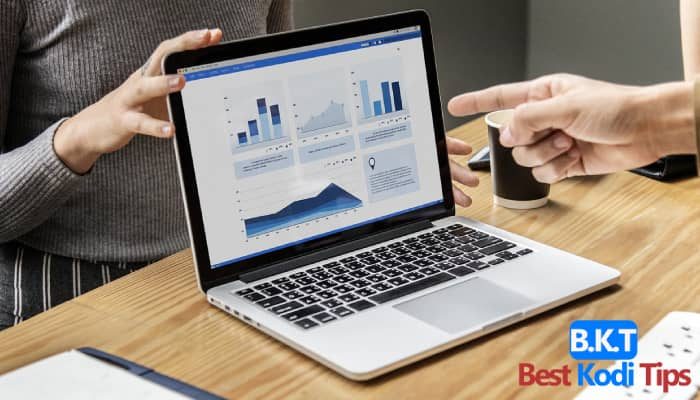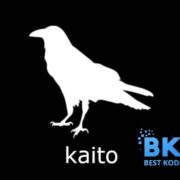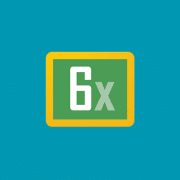Having an impactful visual appearance is important to engage the users. And even now many marketers and bloggers do not know how to optimize images correctly. Images are highly important in determining the overall SEO performance of your website.
They need similar attention that you pay towards the SEO of the whole content on your site page. Know about, how to optimize images that will help you in many ways. Let us have a look at the key benefits of SEO image optimization for your website.
What It Means To Optimize Images:
Image Optimization is about reducing your image size but ensuring that the quality of pictures does not drop. This not only reduces your webpage load time but also makes it quite effective on the user. It is also about image SEO which means to get your product or attractive images on Google’s front page.
Key Benefits:
- Offers a great user experience.
- Faster page loading.
- Makes the page recognizable and findable in search results.
- Better ranking in image search results.
Despite such amazing assistance, some marketers are blank about optimizing images. For those people, just an alt tag is enough to get the best SEO practice to find pictures. But in reality, there is much more to it.
Steps To Optimize Images:
-
Seo Friendly Alt Tags
Words can be interpreted and understood by search crawlers when images are not visible to them. Alt tags, also known as “alt attributes” and “alt explanations,” help search engines understand what an image is all about without having to see it. Image alt tags are useful not only for SEO but also for internet users. Some people have image displays switched off, their browsers cannot load graphics because of a poor web link, or they are using a screen-reader due to a visual disability. In such instances, the image alt tag tells the reader what the picture is about.
-
Add at least one image
Often have at least one picture or graphic in a post is an SEO best practice. A picture tells search engines that the page is interesting, important and it will be useful for the users. Readers also benefit from attractive photographs because they make content easier to search for and understand.
-
Licensed Images are Better
Make sure that the images you use on your webpage are those that you have been licensed to use. Make sure there are no copyright or license conflicts.
How to know, If a person has the copyright and license for an image that you have been searching for?
A reverse image search utility is a go-to option for users in this regard. The utility will help users finding the real owner of the image in less than seconds. You just have to upload the image to the image search utility and it will provide you with the image source and all other details in no time. Through which you can identify either any person has copyright or license for that image or not. In short, a picture search utility is a great option for bloggers and marketers to validate their images before using them on their websites and Social media.
-
Naming Your Image
Image file naming alerts google and other image search engines about the content of the picture so that, the search engines can provide your picture to the viewer with the appropriate searches. Changing the image file name is a bad move because just one name can push your content to the top and not changing can push it to the bottom.
-
Focus on File Type
Before you start adding images to your webpage you want to make sure that you have chosen the right picture format for your page. The way an image opens or appears on a website is affected by its file format. Choose the best file format for the intended use when adding a graphic to your website.
-
Use Image File Sizes That Are Acceptable
Large images will slow down the loading time of a website. Slow load times result in weak user experiences and techninal seo performance in the long run. So, before uploading large files to your website, resize image files (not just the display image size) to the expected display size.
-
Make your Images Responsive!
This is the most important point that you need to keep in mind while adding or creating an image for your website. Your image should be able to load on such mini devices in the same way as it loads on Computers or laptops. There is an option you can utilize when you write HTML code, which is known as “srcset”. This code directs the browser to load the query on different screens with different dimensions without altering the quality of the image.
Image Optimization Promotes Better SEO
Although optimizing your photos can appear to be extra work, the rewards of doing so can be quite satisfying. If you want your website to load faster and driving more traffic, this is a must-have. Overall, optimizing your photos can help your website rank higher in search results. So, always use legal images with proper optimization in order to add a little more interest and color to your website.
Conclusion:
So, these are the few most important tips that you should follow for image optimization. You should keep in mind that paying attention to optimizing images improves the overall SEO of a website.















Comments